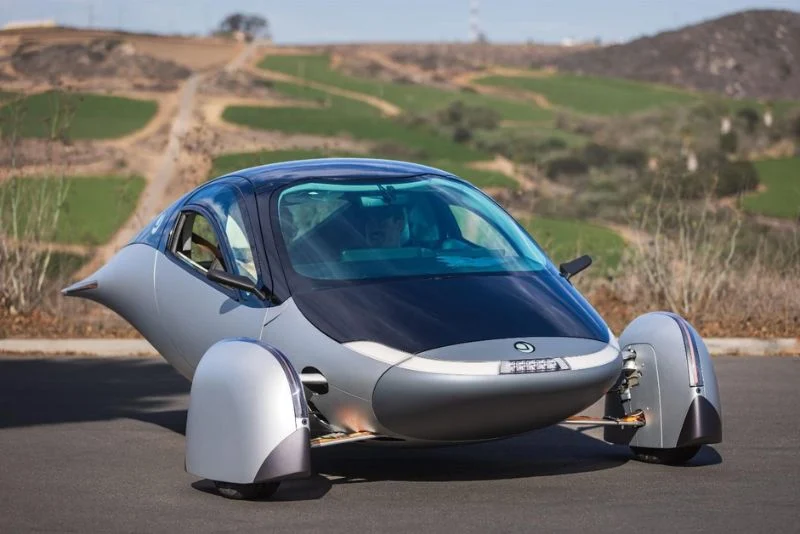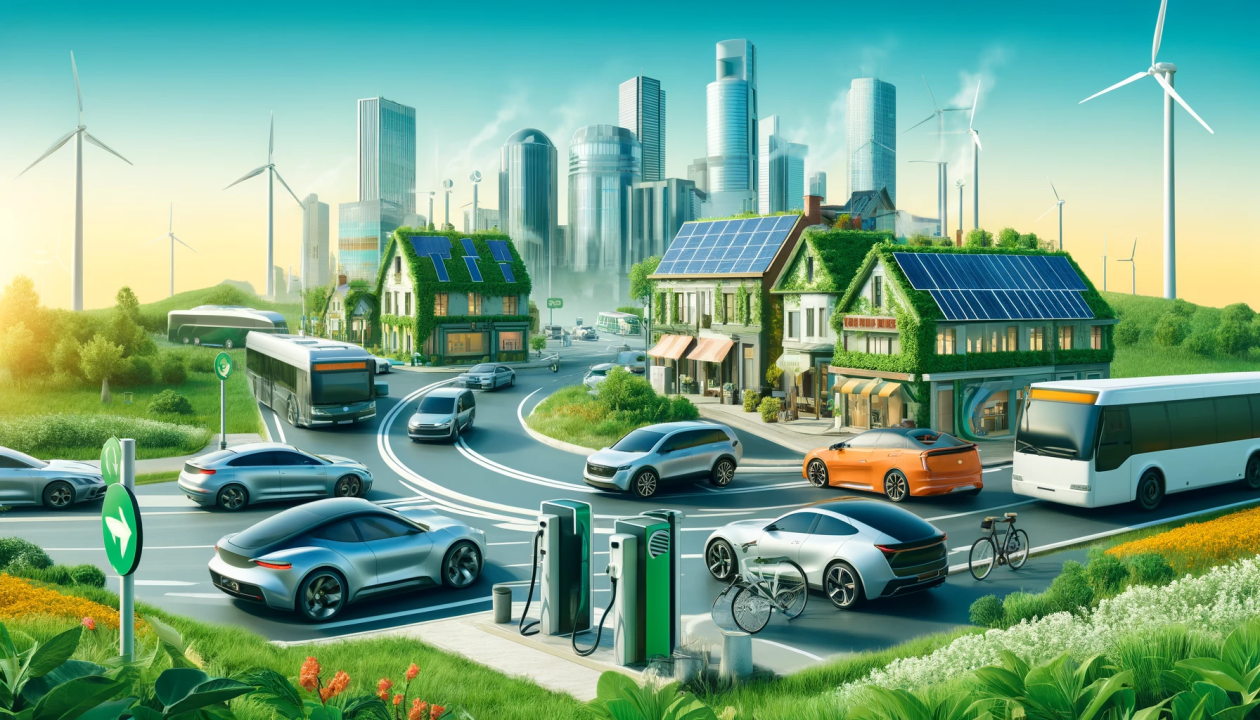How Electric Vehicles Are Changing the Way We Travel
Electric mobility is changing the world of transportation. It is helping us reduce pollution, save money on fuel, and move toward a cleaner and smarter future. In this blog post, we will explore how electric vehicles (EVs) are making a big difference in our daily lives, cities, and the environment.
What Is Electric Mobility?
Electric mobility means using vehicles that run on electricity instead of gasoline or diesel. These vehicles use electric motors and batteries to move. Some common types of electric vehicles are:
-
Electric cars (EVs)
-
Electric buses
-
Electric bikes and scooters
-
Electric trucks
People can charge these vehicles at home or at public charging stations.
Why Is Electric Mobility Important?
Electric mobility is important because it helps solve some big problems in transportation. Here are some reasons why it matters:
1. Reduces Air Pollution
Gasoline and diesel vehicles release harmful gases into the air. These gases cause air pollution and health problems. Electric vehicles do not produce these emissions. That means cleaner air and a healthier environment.
2. Helps Fight Climate Change
Electric vehicles do not emit carbon dioxide while driving. This helps reduce the greenhouse gases that cause global warming.
3. Saves Money
Electricity is usually cheaper than gasoline. Also, EVs have fewer moving parts, so they need less maintenance. This helps drivers save money over time.
4. Improves Energy Efficiency
Electric motors are more efficient than traditional engines. That means EVs use less energy to travel the same distance.
5. Supports Smart Cities
EVs can connect with smart city systems. This can help improve traffic flow, reduce noise, and make transportation systems more efficient.
The Growth of Electric Vehicles Around the World

More and more people are choosing electric vehicles. Governments and companies are also helping by building charging stations and offering subsidies. Let’s look at some trends:
-
China is the largest market for EVs, followed by Europe and the United States.
-
Many countries plan to stop selling new gasoline cars by 2035.
-
Big car companies like Tesla, Ford, and Volkswagen are making more electric cars.
-
New electric buses are being used in cities to reduce pollution.
Benefits of Electric Mobility
Electric mobility brings many benefits to people, cities, and the planet. Here are the top benefits:
1. Cleaner Air in Cities
EVs produce no tailpipe emissions. This helps reduce smog in cities and keeps the air cleaner for everyone.
2. Quieter Streets
Electric motors are much quieter than traditional engines. This helps reduce noise pollution.
3. Better Public Transport
Electric buses and trains are helping cities offer cleaner and more comfortable rides for people.
4. New Job Opportunities
The electric vehicle industry is creating new jobs in battery production, software, design, and maintenance.
5. Less Dependence on Oil
Electric vehicles use electricity, not oil. This reduces the need to import fuel from other countries.
Challenges of Electric Mobility

Even though electric mobility has many benefits, there are some challenges too. Let’s look at a few:
1. Charging Infrastructure
There are still not enough public charging stations in many places. This can make it hard for people to travel long distances.
2. Battery Costs
Batteries are the most expensive part of an electric vehicle. Although prices are coming down, they are still high.
3. Range Anxiety
Some people worry that their EV will run out of power before they find a charging station. This is called range anxiety.
4. Recycling and Raw Materials
Making EV batteries requires materials like lithium and cobalt. These must be mined and later recycled to avoid harming the environment.
How Governments Are Supporting Electric Mobility
Governments play a big role in the shift to electric mobility. Here are some common actions:
-
Offering tax credits and subsidies to people who buy electric vehicles.
-
Building more public charging stations in cities and highways.
-
Creating rules that limit emissions from cars and trucks.
-
Supporting research on better batteries and clean energy.
Many cities are also using electric buses and encouraging the use of e-bikes.
The Future of Electric Mobility
The future of electric mobility looks bright. Many changes are coming that will make electric transportation better and easier.
1. Better Batteries
New battery technologies will let EVs go farther on a single charge. They will also charge faster and last longer.
2. More Charging Stations
More public and private charging points are being built. Soon, charging an EV will be as easy as filling up with gas.
3. Self-Driving EVs
Electric vehicles will work with self-driving technology. This will make transportation safer and more efficient.
4. Green Energy Charging
More EVs will use electricity from clean energy sources like wind and solar. This will make them even better for the environment.
5. Smarter Transportation Systems
EVs can be part of a smart transportation network. They can connect with traffic signals, maps, and apps to improve travel.
Tips for Switching to an Electric Vehicle
If you are thinking about switching to an electric vehicle, here are some tips:
-
Check your daily driving needs. Most EVs can handle daily travel easily.
-
Look for nearby charging stations. Make sure you have access at home or near work.
-
Compare models. Choose the one that fits your budget and lifestyle.
-
Take advantage of government incentives. This can help lower the cost.
-
Think long-term. EVs may cost more at first but save money over time.
Conclusion
Electric mobility is changing the way we travel. It brings cleaner air, lower costs, and a better future for everyone. As technology improves and more people switch to EVs, transportation will become safer, greener, and smarter.
Whether you are buying your first electric car or using an electric scooter in the city, you are part of this exciting change. The journey toward a better, cleaner world has already started—and electric mobility is leading the way.

